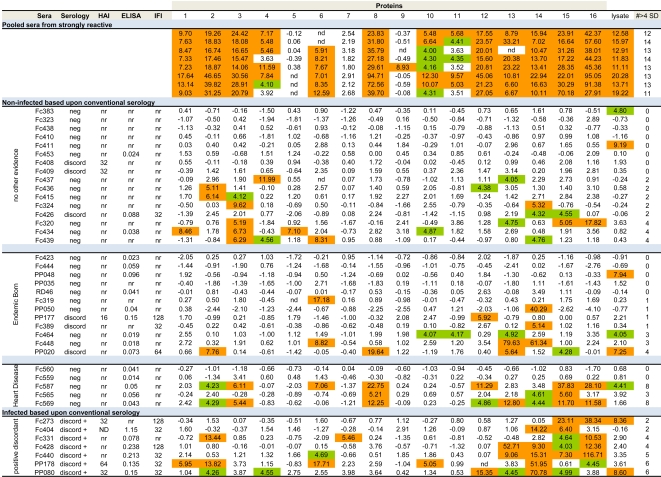Figure 4. Reactivity of negative, borderline or discordant sera in the 16 protein multiplex assay.
Sera judged cumulatively as “seronegative” based upon conventional serology were grouped into negative but “no other evidence” of exposure (16 sera), those “born in an endemic area” (12), those with evidence of “heart disease” consistent with Chagas disease (5) and compared to (top) pools of strongly positive sera (high reactivity in all serological tests) and to (bottom) sera from subjects who were negative on at least one of the three conventional serologic tests (discordant positive). Reactivity in the conventional serological tests (HAI, ELISA and IFI) and the summary consensus of these tests (neg = below cut-off for all three tests; discord = positive on one of the three tests; discord + = positive on 2 of the 3 tests), as well as reactivity to the 16 recombinant protein sets and the T. cruzi lysate are shown. Cutoffs for a positive ELISA is an O.D.>0.200 and for IFA and HAI is a dilution>1/32 (a reaction at 1/16 is considered “reactive but negative” and <1/16 non-reactive (nr). The metric for reactivity of each serum for each protein is expressed as the number of standard deviations that the ratio of the MFI for T. cruzi protein to the MFI for GFP was above the average ratios of sixteen true negative sera run in the same assay. Values>4 S.D. above this “background” reactivity are considered reactive and are colored. The total number of reactive recombinant proteins for each serum is indicated in the right-most column. nd = not determined (insufficient numbers of beads detected in this sample).

